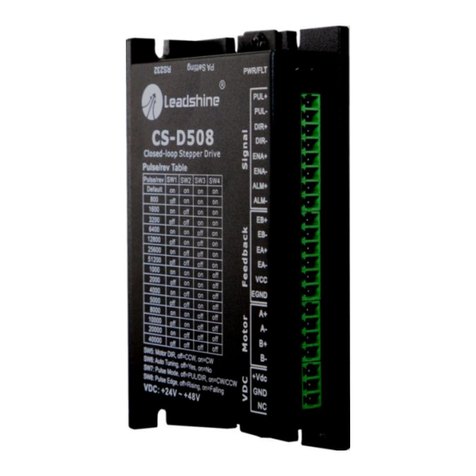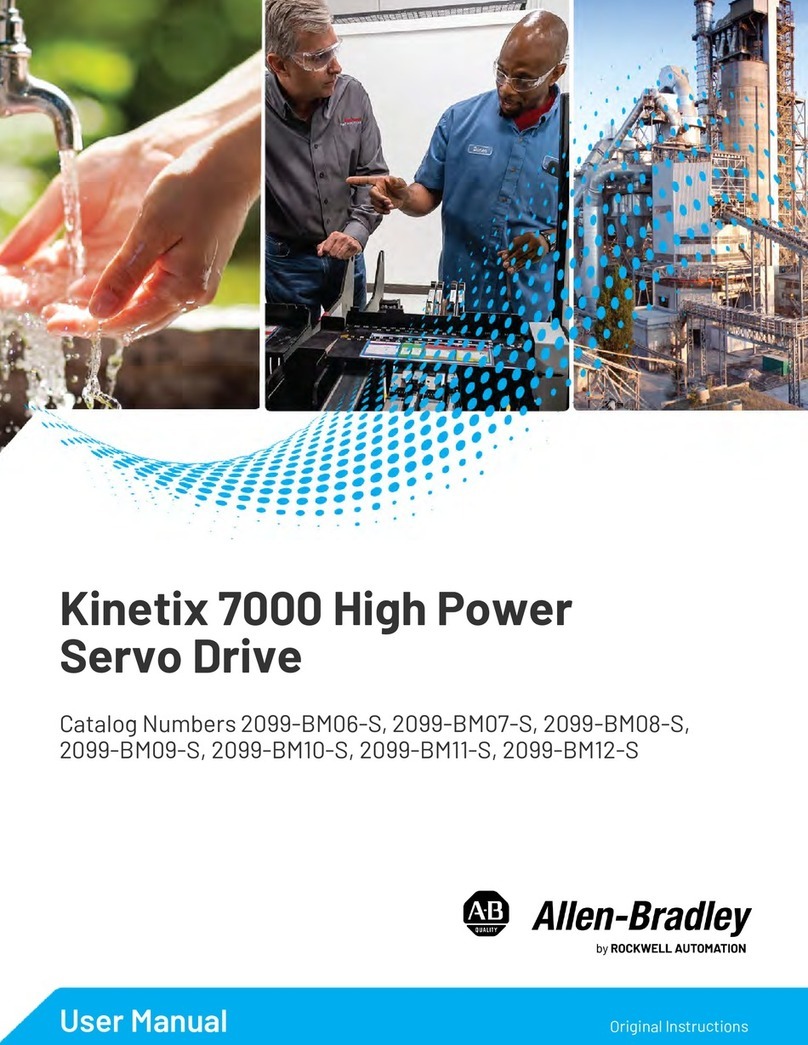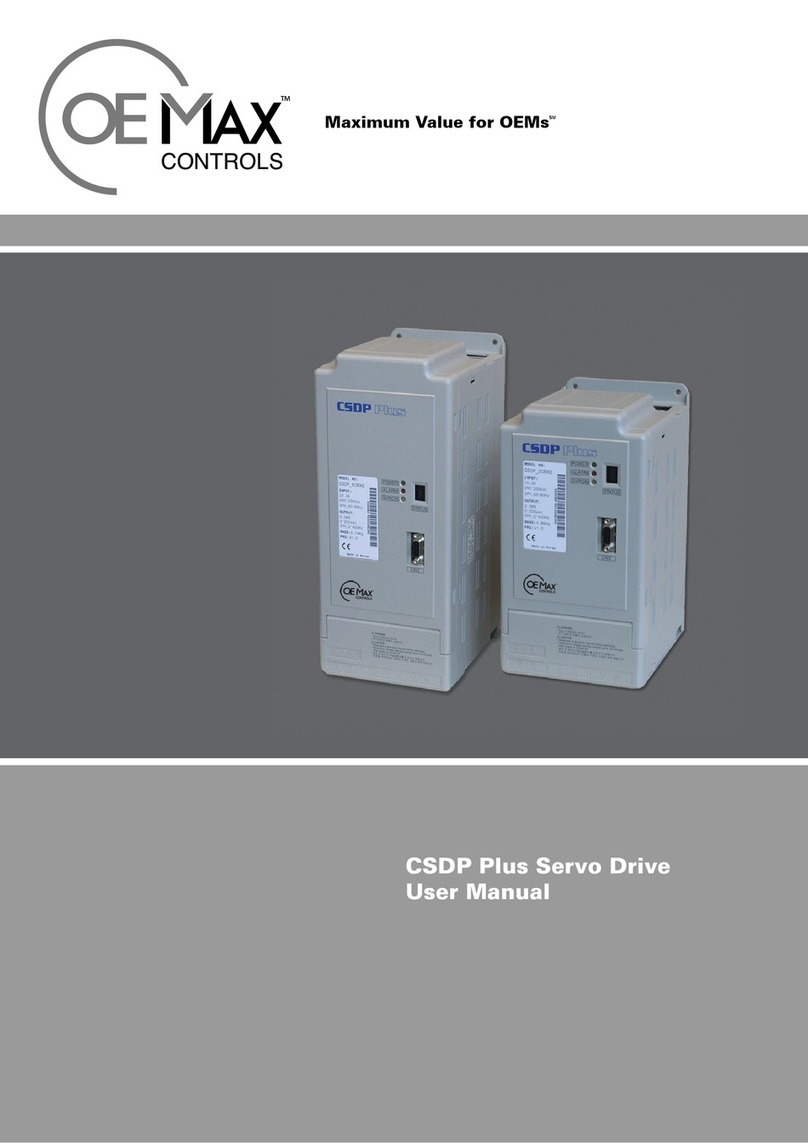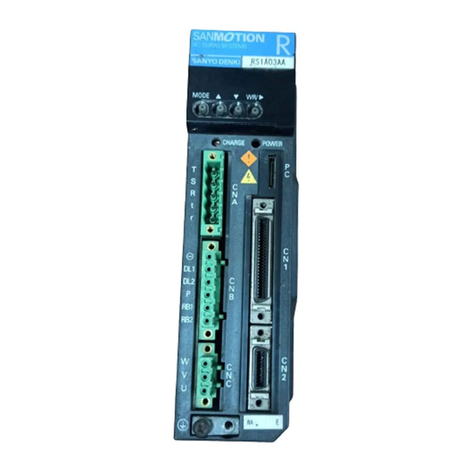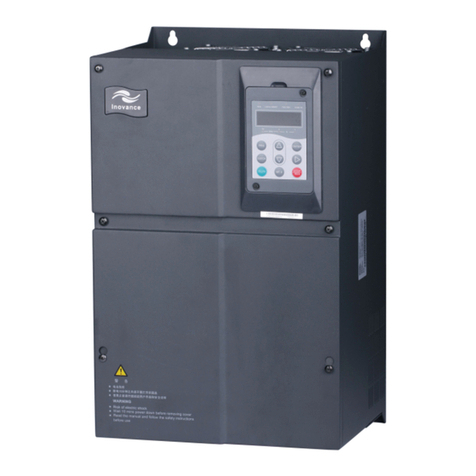Electro-Craft SCA-LE-30-03 User manual




















This manual suits for next models
1
Table of contents
Other Electro-Craft Servo Drive manuals
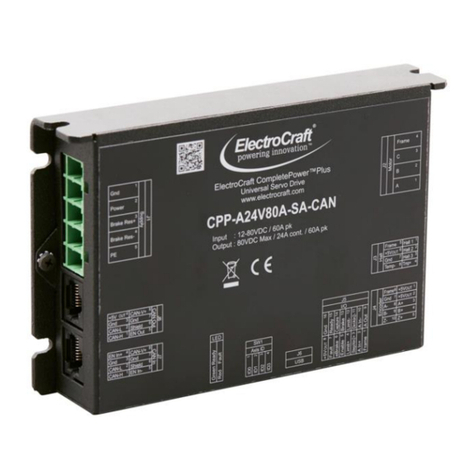
Electro-Craft
Electro-Craft CompletePower Plus CPP-A24V80A-SA-CAN User manual
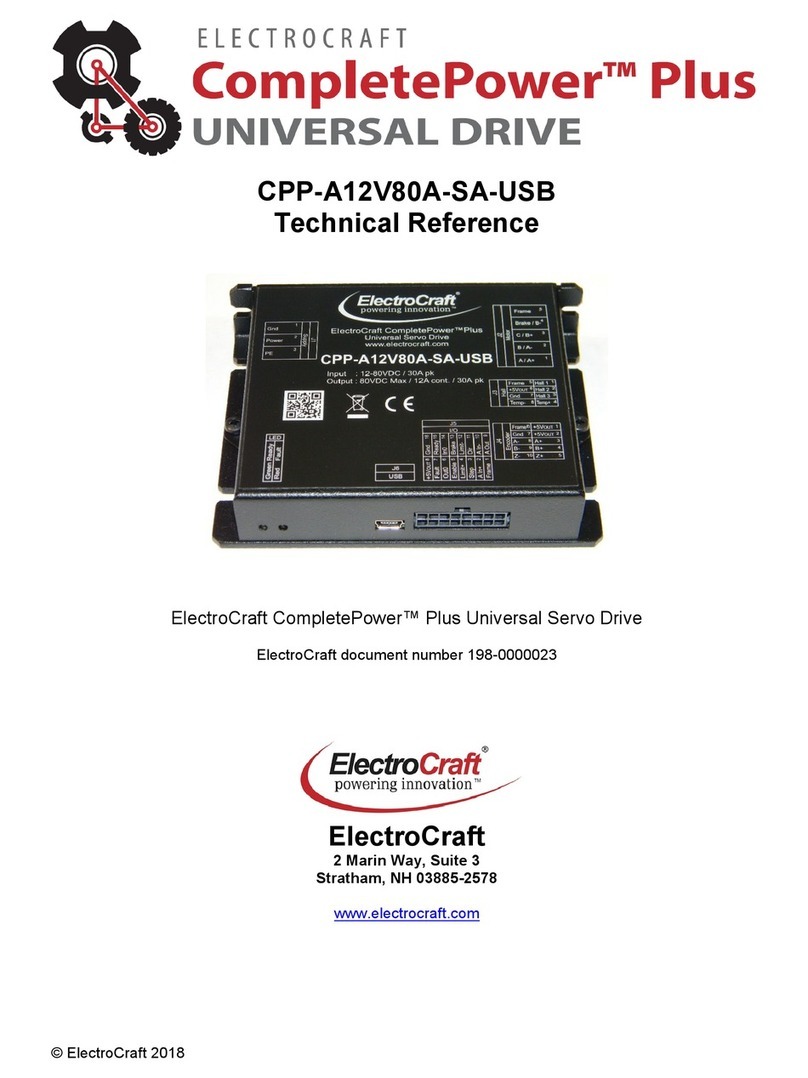
Electro-Craft
Electro-Craft CompletePower Plus CPP-A12V80A-SA-USB Use and care manual
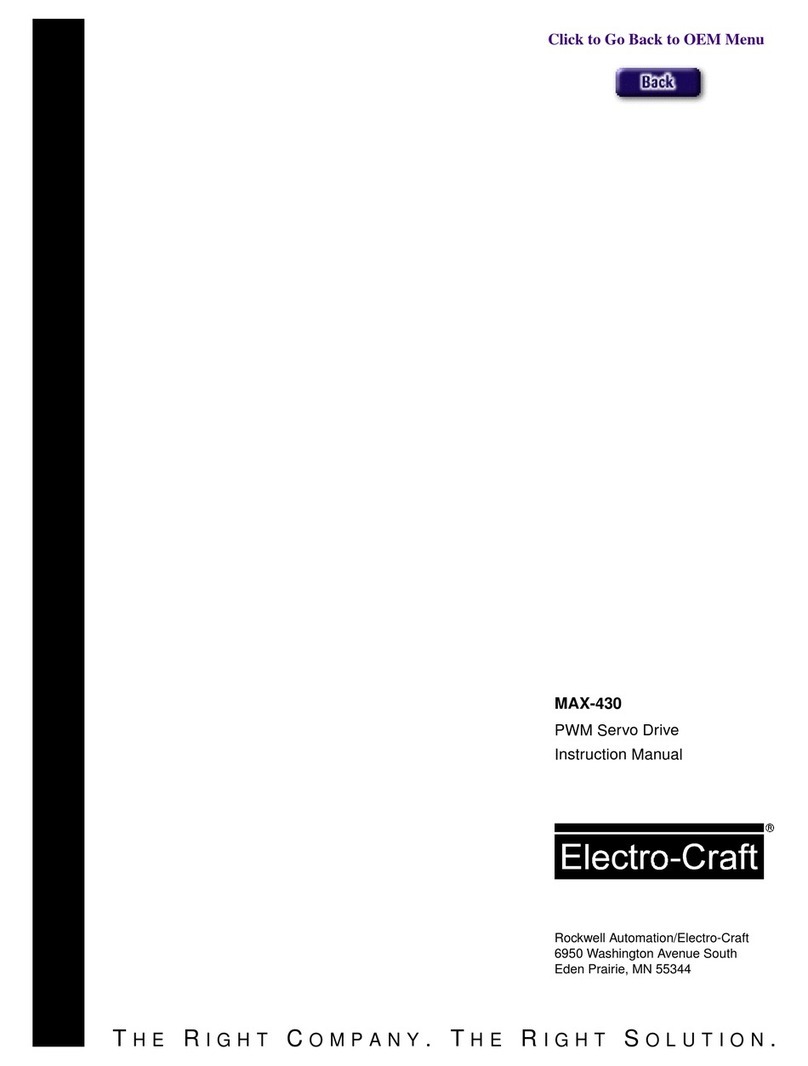
Electro-Craft
Electro-Craft MAX-430 User manual
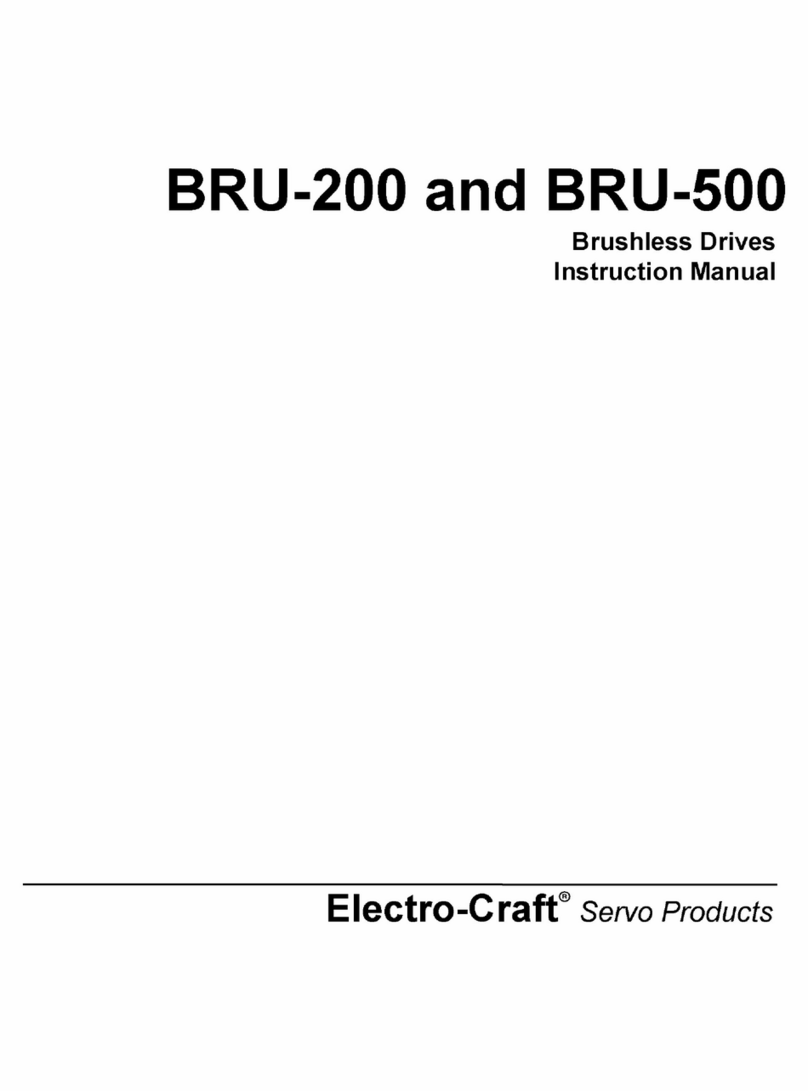
Electro-Craft
Electro-Craft BRU-200 User manual
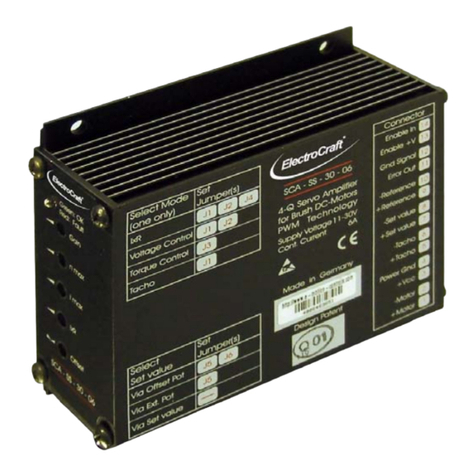
Electro-Craft
Electro-Craft SCA-SE-30-06 User manual
Popular Servo Drive manuals by other brands
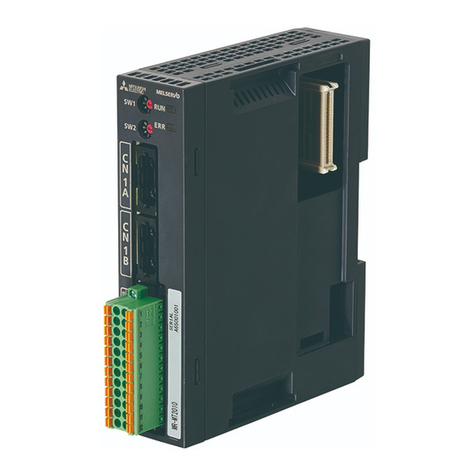
Mitsubishi Electric
Mitsubishi Electric MELSERVO MR-MT2010 instruction manual
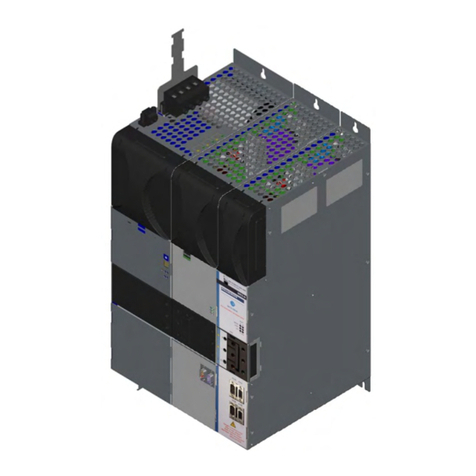
Kollmorgen
Kollmorgen MKD-C Series Product safety guide
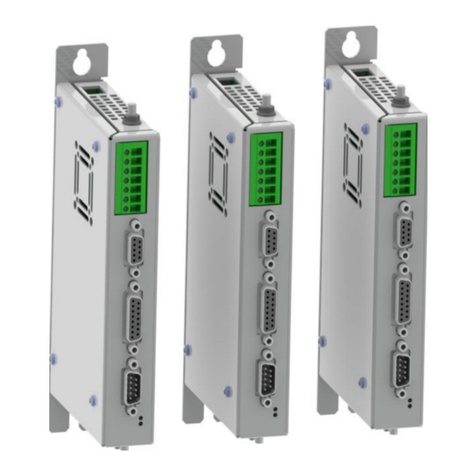
NTI AG
NTI AG LinMot B1100-VF quick start guide
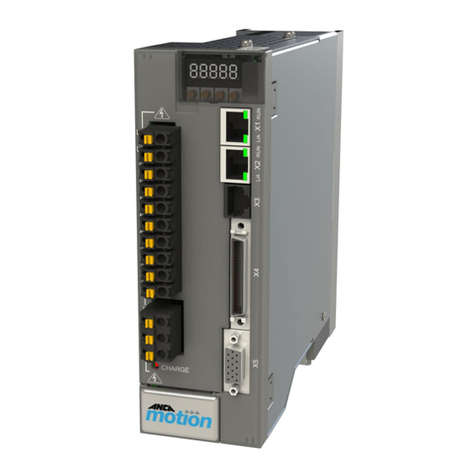
ANCA Motion
ANCA Motion D2 Series user guide
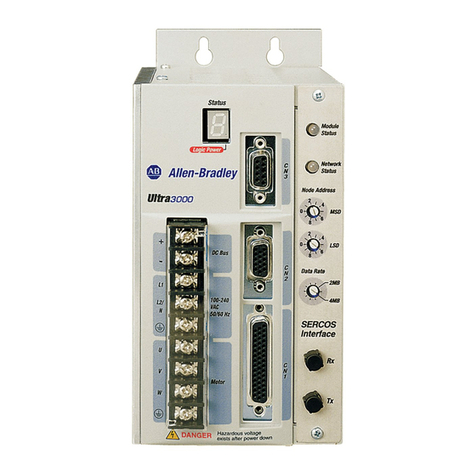
Rockwell Automation
Rockwell Automation Allen-Bradley Ultra3000 manual
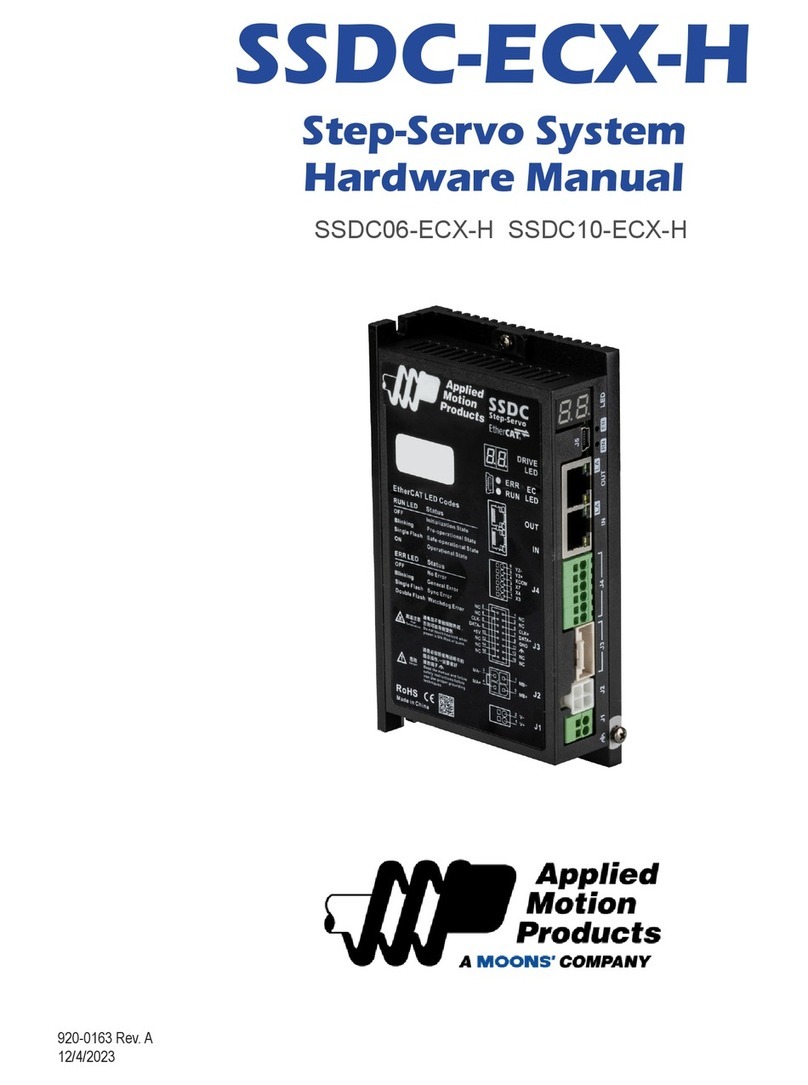
Moons'
Moons' Applied Motion Products SSDC-ECX-H Hardware manual
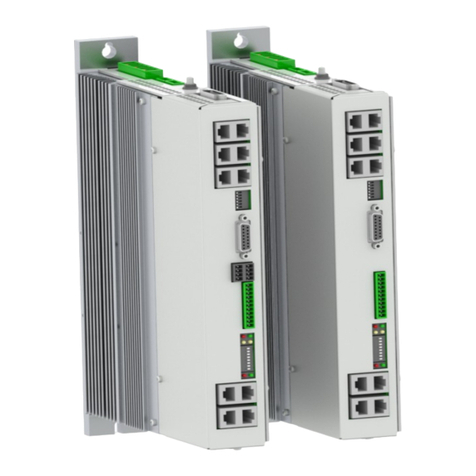
LinMot
LinMot E14 0 V2 Series installation guide
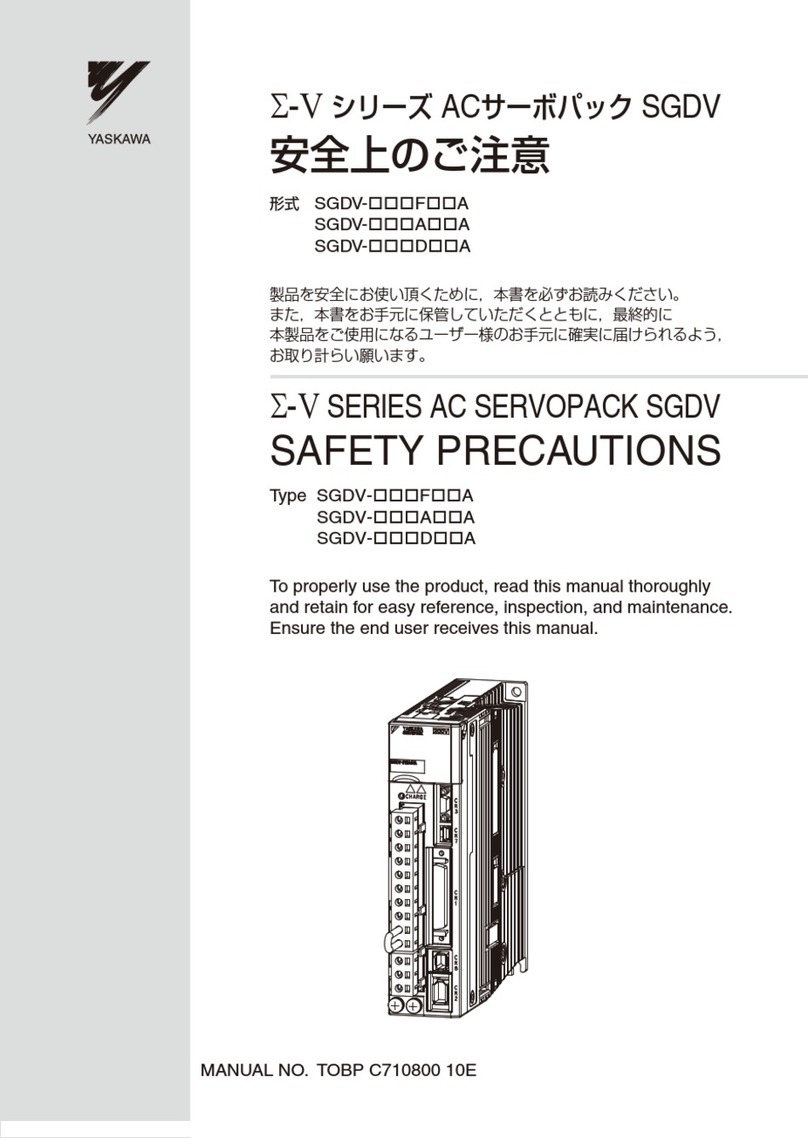
YASKAWA
YASKAWA S-V Series Safety precautions

Pepperl+Fuchs
Pepperl+Fuchs KCD2-SCD Series manual
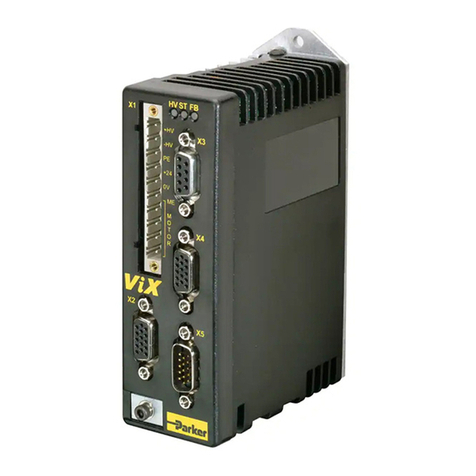
Parker
Parker ViX250AH user guide
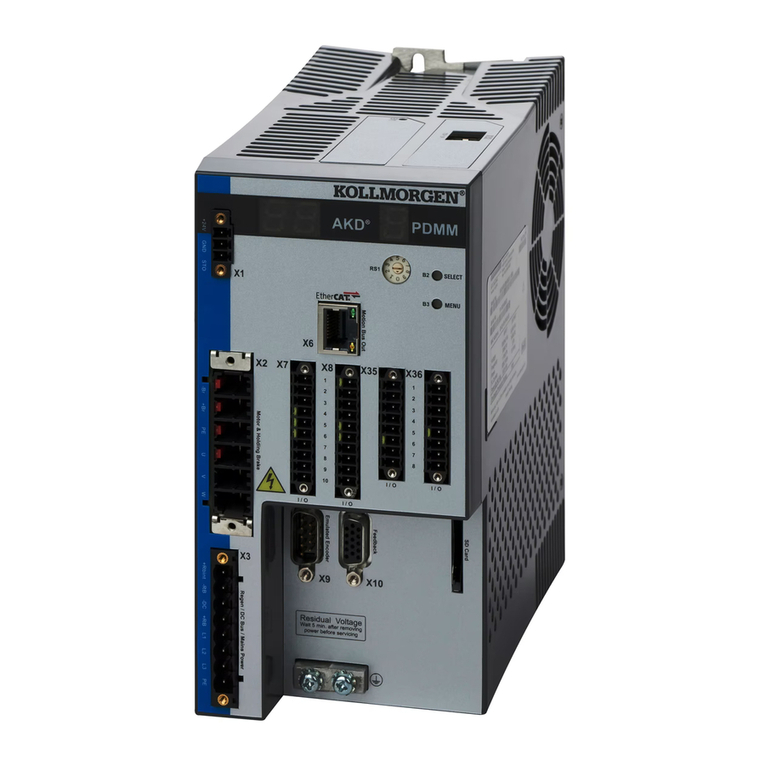
Kollmorgen
Kollmorgen AKD series installation manual

Rockwell Automation
Rockwell Automation Reliance electric GV3000/SE installation manual
